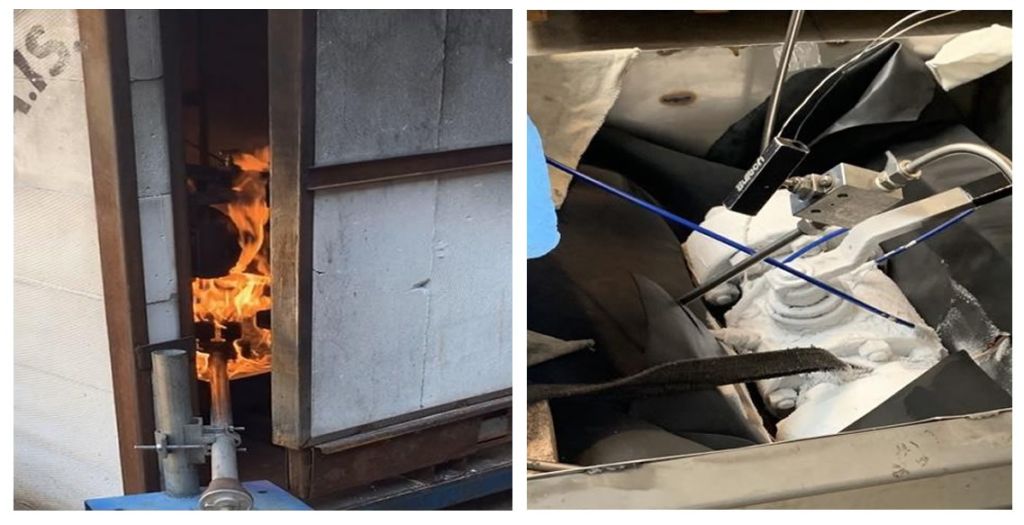Ensuring Valve Integrity
Firesafe and Low Temperature Testing at SVS
At SVS, we specialise in delivering firesafe and low temperature valve testing to meet the most rigorous industry requirements.
Working closely with key manufacturers, we ensure every project—even those with complex R&D demands—meets the highest performance standards.
By involving all component suppliers early in the process, we guarantee results that are reliable, efficient, and tailored to our clients’ specifications.

Ensuring Safety Under Extreme Heat
Firesafe testing is a critical process in the valve industry. It confirms that a valve can maintain its integrity and sealing capabilities after exposure to extreme heat, typically between 750˚C and 1000˚C. This procedure ensures the valve can still provide shut-off function after a fire-related incident.
As valve design evolves, so must testing procedures. Increasingly, end users are requesting double isolation in-line, often best achieved with a Double Block and Bleed (DBB) ball valve. This type of valve is especially suited for safety-critical systems.
For example, a recent test featured a 4” Class 2500 DBB valve manufactured by Indra SRL. The test measured cavity pressure at short intervals to avoid overpressurisation. Working closely with the client and manufacturer, SVS observed a fully successful firesafe test, tailored to the client’s specific procedure. This customised approach filled a key gap in current industry standards.
By witnessing the test first-hand, both SVS and the client gained full confidence in the valve’s design and the product’s proven performance.
Visit Indra SRL’s website to learn more about their valve manufacturing expertise.
Low Temperature Valve Testing: Maintaining Integrity in Harsh Conditions
When valves must operate in sub-zero conditions, low temperature testing ensures they continue to perform without failure. This type of testing verifies that valves do not leak or malfunction when exposed to extreme cold.
Working closely with clients, SVS defines whether the valve must “operate” or simply “seal and survive” under low temperatures. This collaborative approach helps determine the best materials and designs for each specific project.
Elastomers play a crucial role. In general, lip seal types offer the most reliable performance at low temperatures. However, aggressive media may require specialised o-rings instead.
For a recent large-scale project, one selected elastomer fell just 6°C short of the required performance threshold. SVS conducted a detailed risk analysis with the elastomer manufacturer to ensure safety and functionality. As a result, the valve passed low temperature testing and was approved for use in demanding conditions.
Trusted Testing with Proven Results
At SVS, we don’t just test—we verify, validate, and optimise. Our approach to firesafe and low temperature valve testing provides our clients with peace of mind and full confidence in their equipment’s performance.
Whether you require testing for a niche application or a complex system, our team is ready to deliver precision-engineered results.
If you’re looking for firesafe and low temperature valve testing then, get in touch with our team today. Let’s create solutions that drive performance and reliability.

